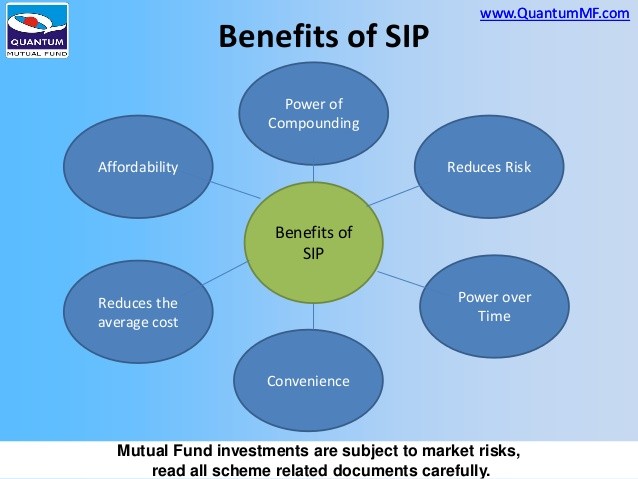Mutual Fund Risks and Benefits
Post on: 31 Июль, 2015 No Comment

Mutual funds are generally relatively safe investments, as their returns are derived from the overall stock and bond markets. A proper investment strategy will allow you to get the most out of mutual fund holdings while limiting risk. Mutual funds, by definition, share risk among many investors, and with a mutual fund, it is possible to buy into a much larger portfolio with a small initial investment.
Over-diversification is a Risk Too
Many long term investors find themselves obsessed with diversification; the problem is that over-diversifying is just as bad as being under diversified. Owning a portfolio of mutual funds will leave you exposed to the whole market. Indeed, too much can go wrong, and there are too many bad names to weigh down the good investments in the market. As an investor, the first understanding should be that the market is cyclical; buying into every sector and every market climate will dilute mutual fund returns. The goal of investing is to grow wealth at a rate above the average.
Get a Solid Portfolio with Small Amounts of Money
Mutual funds are perfect for the investor just getting into the market. Whether limited by money or limited in market knowledge, a mutual fund is a great way to own a good portfolio right from the starting gate. A mutual fund holds large amounts of stock, with a very minimum of at least 30 names. Independently, you won’t be able to properly allocate small amounts of money into 30 stocks without racking up large brokerage commission costs and fees, nor without thousands of dollars. Mutual funds essentially allow you to buy partial shares of companies through ownership in the mutual fund.
Asset Classes Must be Carefully Examined
Depending on your age and retirement goals, it is possible to own a mix of investments that is too heavy on particular investments. Just as it wouldn’t be wise for a 70 year old to own a mix of 50% stock and bonds. it wouldn’t be wise for a 20 year old to have 10% of his or her money in cash and another 40% in low income investments. Different asset classes must be arranged so that no investor is too heavy on a particular investment; this is easy to achieve when investing in mutual funds, as an investor typically does not have too much capital riding on one sector.
Drawdown from Fees
Annual fees should be one of the most careful considerations in the mutual fund industry. Though the rates seem small, with fees as low as fractions of a percentage point, the drawdown that occurs with fees puts a hefty strain on retirement dreams. The difference between an 8% return and a 10% return is $74,000 on a $10,000 investment left for 30 years. Just a small drop in annual fees or a boost to returns will grow your retirement faster than you can imagine. Smaller fees mean more money for you and a better end result. As we can see above, just by cutting 2% per year in fees, you’ll earn 74% more on your money for a period of 30 years. Those statistics are calculated with near average returns; higher yields will put the statistics even further in your favor.














